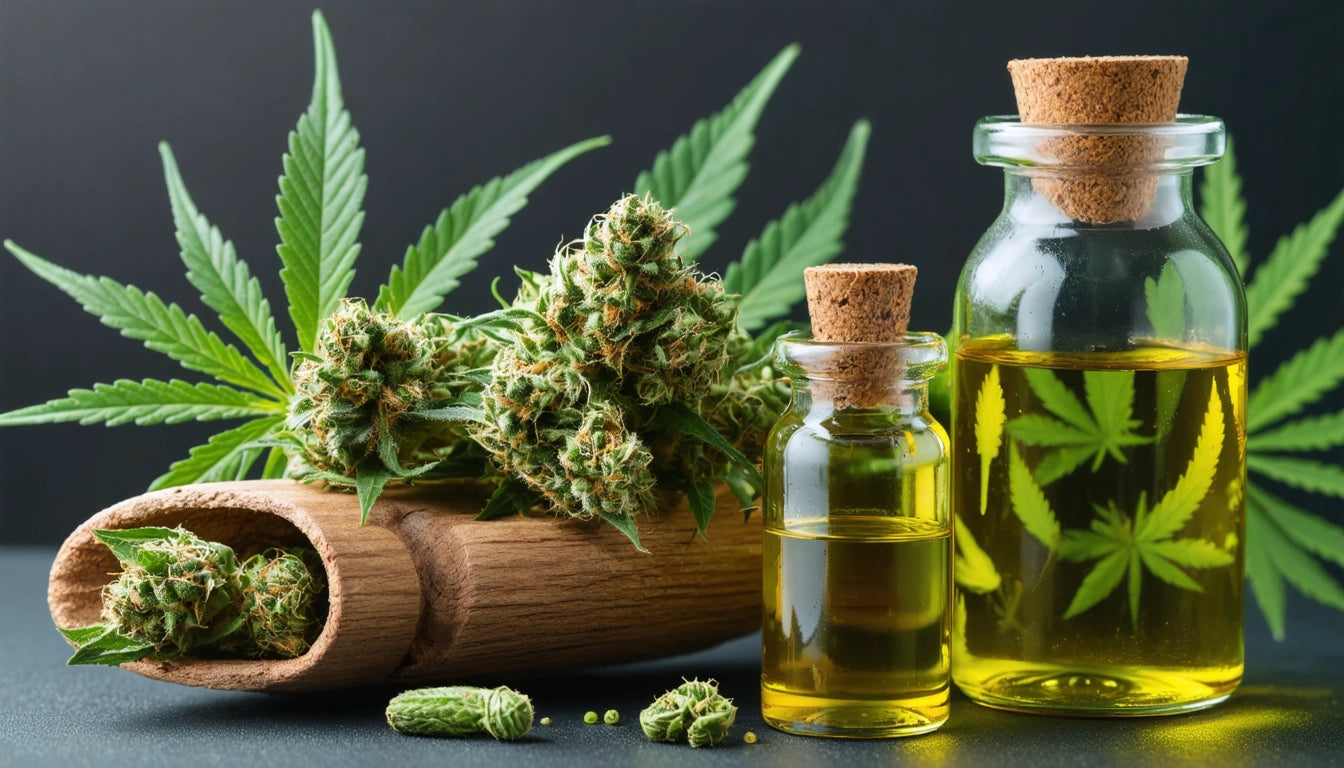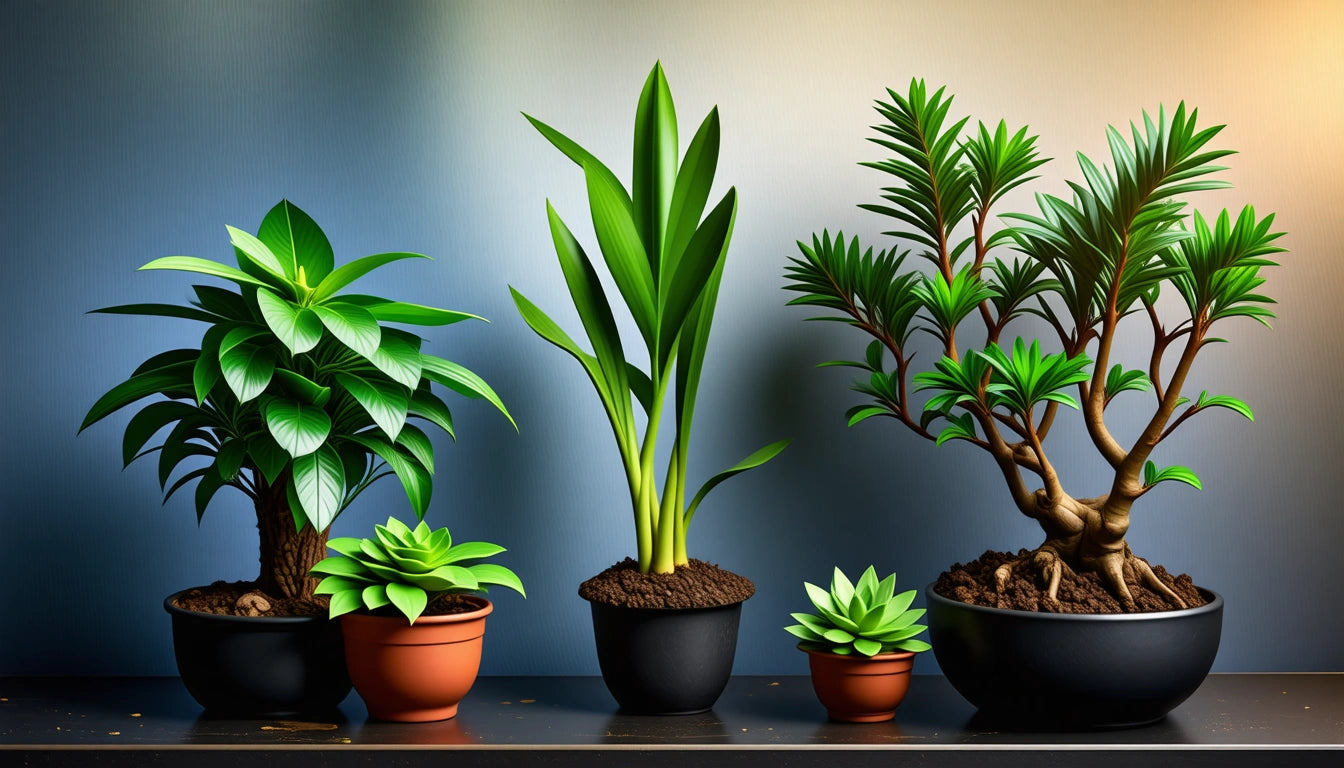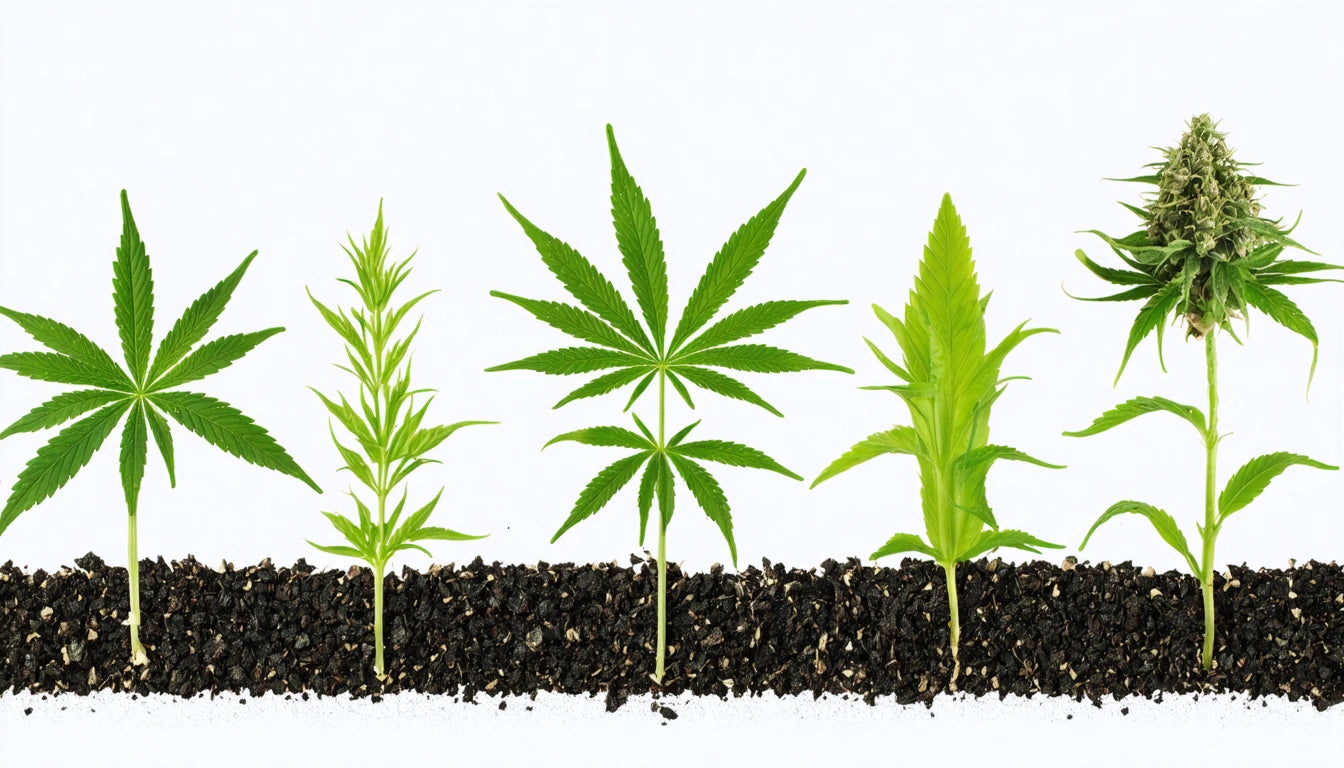Table of Contents
- Understanding Cannabis Oil: Types and Benefits
- Preparation Steps: What You'll Need
- The Decarboxylation Process: Activating Your Cannabis
- Infusion Methods: From Basic to Advanced
- Straining and Storing Your Cannabis Oil
- Dosage and Potency: Finding the Right Balance
- Cooking and Baking With Cannabis-Infused Oil
- Troubleshooting Tips for Perfect Cannabis Oil
How to Make Cannabis-Infused Oil at Home: A Comprehensive Guide
Making cannabis-infused oil at home provides a versatile base for edibles, topicals, and other cannabis products. Whether you're looking to create cooking oil for brownies or a base for homemade tinctures, understanding the process of infusion allows you to control potency, flavor profiles, and ingredients. This guide walks you through each step of making cannabis oil from selecting ingredients to proper storage.
Understanding Cannabis Oil: Types and Benefits
Cannabis-infused oil refers to any carrier oil that has been infused with cannabinoids extracted from the cannabis plant. Common carrier oils include olive, coconut, avocado, and MCT oil, each offering different benefits and flavor profiles. When making cannabis oil for cooking, consider how the flavor of your carrier oil will complement your recipes.
The benefits of making your own cannabis oil include:
- Control over ingredients and potency
- Cost-effectiveness compared to store-bought products
- Ability to customize based on dietary needs
- Versatility in cooking applications
For more information on different cannabis-infused products you can make at home, check out our comprehensive guide to cannabis-infused products.
Preparation Steps: What You'll Need
Before beginning the process of making cannabis oil, gather these essential supplies:
Equipment:
- Digital scale
- Baking sheet and parchment paper
- Double-boiler or slow cooker
- Thermometer
- Cheesecloth or fine mesh strainer
- Glass storage containers
- Grinder for cannabis flower
Ingredients:
- 7-14 grams of cannabis flower (adjust based on desired potency)
- 2 cups of your chosen carrier oil (olive, coconut, etc.)
For optimal results when preparing your cannabis, consider using quality grinding equipment to achieve a consistent texture that maximizes surface area without pulverizing the material too finely.
The Decarboxylation Process: Activating Your Cannabis
Decarboxylation is a crucial step when making cannabis oil for edibles. This process converts THCA (non-psychoactive) into THC (psychoactive) by applying heat, essentially activating the cannabinoids.
Decarboxylation Steps:
- Preheat your oven to 240 °F (115 °C)
- Break up cannabis buds into small pieces
- Spread evenly on a parchment-lined baking sheet
- Bake for 30-40 minutes, stirring halfway through
- The cannabis should turn light to medium brown and feel dry to the touch
For a more detailed guide on the decarboxylation process, see our article on how to extract cannabis oil at home.
Infusion Methods: From Basic to Advanced
There are several methods for infusing cannabis into oil, each with advantages depending on your equipment and time constraints.
Stovetop Method:
- Combine decarboxylated cannabis and oil in a double-boiler
- Heat on low (160-180 °F) for 2-3 hours, stirring occasionally
- Monitor temperature to avoid exceeding 200 °F, which can degrade cannabinoids
Slow Cooker Method:
- Combine ingredients in a slow cooker
- Set to low heat for 4-6 hours, stirring occasionally
- Keep lid slightly ajar to prevent condensation from dripping back in
Mason Jar Method:
- Place ingredients in a sealed mason jar
- Put the jar in a water bath with water reaching halfway up the jar
- Simmer for 2-3 hours, adding water as needed
For specific instructions on making cannabis oil for cooking purposes, refer to our guide on how to make weed-infused cooking oil at home.
Straining and Storing Your Cannabis Oil
Once infusion is complete, you'll need to separate the plant material from your oil:
- Set up a straining station with a fine mesh strainer or cheesecloth over a clean container
- Pour the oil mixture through the strainer
- Allow gravity to do most of the work, then gently press remaining oil from the plant material
- For maximum clarity, strain a second time if needed
Store your cannabis-infused oil in airtight, dark glass containers in a cool, dark place. Properly stored cannabis oil can maintain potency for up to a year, though quality is best within the first few months.
Dosage and Potency: Finding the Right Balance
Determining the potency of homemade cannabis oil can be challenging without lab testing. A general formula to estimate potency is:
THC mg in final product = (Cannabis amount × THC percentage × 1000) × 0.7
The 0.7 multiplier accounts for extraction efficiency. For example, 7 grams of 15% THC cannabis would yield approximately:
(7 × 0.15 × 1000) × 0.7 = 735mg THC total
If infused into 2 cups of oil, each tablespoon (1/32 of the total) would contain approximately 23mg THC.
Always start with small doses (5-10mg THC) when testing homemade cannabis oil, especially for cooking purposes. For more details on calculating potency, see our guide on making cannabis oil for cooking and smoking.
Cooking and Baking With Cannabis-Infused Oil
Cannabis-infused oil can be used in virtually any recipe that calls for oil. However, there are some best practices to follow:
- Avoid high-heat cooking (over 340 °F) which can degrade cannabinoids
- Calculate dosage per serving based on the amount of oil used in the recipe
- Consider flavor profiles when pairing with dishes
- Label clearly and store separately from regular cooking oils
For baking applications, coconut oil works exceptionally well due to its solid state at room temperature. Our guide on making cannabis-infused oil for pot brownies provides specific tips for baking applications.
Troubleshooting Tips for Perfect Cannabis Oil
If you encounter issues with your cannabis oil production, consider these solutions:
Common Problems and Solutions:
- Weak potency: Ensure proper decarboxylation and consider longer infusion times
- Burnt taste: Lower your temperature during infusion
- Too much plant flavor: Water cure cannabis before decarboxylation or use a water bath method
- Oil solidifying (coconut oil): This is normal, simply warm gently before use
For a deeper understanding of the entire process from growing to infusion, check out our comprehensive guide to making and infusing weed products.
By following this guide, you can create high-quality cannabis-infused oil at home for various applications. Remember that homemade edibles require careful dosing and responsible consumption. Start with small amounts and wait at least 2 hours before considering additional servings to gauge effects properly.











Leave a comment
All comments are moderated before being published.
This site is protected by hCaptcha and the hCaptcha Privacy Policy and Terms of Service apply.